Keeping eagles aloft: Marking 50 years of Endangered Species Act successes in Valley and beyond
| Published: 12-28-2023 4:45 PM |
Ask almost any conservationist about an Endangered Species Act (ESA) success story and they will tell you about the bald eagle.
“Growing up, I would have never seen a bald eagle in western Massachusetts,” said Jeff Collins, senior director of conservation science at Mass Audubon. The national bird was nearly driven extinct in the lower 48 states, in large part because of the infamous insecticide DDT, formerly widely used in agriculture.
Listed as an endangered species under the ESA in 1978, the bald eagle began to bounce back after DDT was banned and the birds and their habitats were protected. It has since been delisted from the ESA and is no longer considered endangered or threatened.
“Now they’re quite common on the Quabbin Reservoir, and they can be seen along the Connecticut River,” Collins said.
The bald eagle is just one of the hundreds of species that have been saved from extinction under the Endangered Species Act, which celebrated its 50th anniversary on Wednesday.
Over the past 50 years, the ESA has been credited with saving 99% of listed animal and plant species from extinction through collaboration among federal agencies; state, local and tribal governments; and conservation organizations and individuals.
“It was really groundbreaking legislation when it was passed in 1973, and it really kind of created a model and a roadmap for similar legislation across the globe and across the U.S. at the state level,” said Jesse Leddick, assistant director of the Natural Heritage and Endangered Species Program at the Division of Fisheries and Wildlife (MassWildlife).
The ESA sets a baseline for protection of endangered species at the state and local levels — while states can be more protective of listed species, they cannot provide less protection than the ESA requires.
Article continues after...
Yesterday's Most Read Articles
 UMass graduation speaker Colson Whitehead pulls out over quashed campus protest
UMass graduation speaker Colson Whitehead pulls out over quashed campus protest
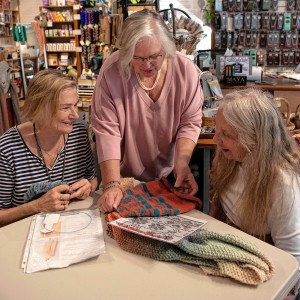 ‘Knitting treasure’ of the Valley: Northampton Wools owner spreads passion for ancient pastime
‘Knitting treasure’ of the Valley: Northampton Wools owner spreads passion for ancient pastime
 More than 130 arrested at pro-Palestinian protest at UMass
More than 130 arrested at pro-Palestinian protest at UMass
 UMass student group declares no confidence in chancellor
UMass student group declares no confidence in chancellor
 South Hadley Town Meeting OK’s budget that lays off 24 school staff; nuisance bylaw tabled
South Hadley Town Meeting OK’s budget that lays off 24 school staff; nuisance bylaw tabled
 Host of road projects to begin Friday in Amherst
Host of road projects to begin Friday in Amherst
“It ensures consistency, but also ensures that we have these baseline protections in place,” Leddick said, adding that not only is the ESA effective at preventing extinction, “it requires long-term species recovery before a species can be downlisted or delisted.”
“It’s not just about stopping the decline of certain species, it’s also about restoring them,” he said.
Currently, over 1,300 species are listed under the ESA, including species found in Massachusetts like the piping plover, dwarf wedgemussel and bog turtle.
“We’ve seen society always finding the need to generate economic income from the land… so we’re interfering more and more with the lives of wildlife, taking up more and more space, encroaching on nature more and more, and having greater and greater impact on more species, more ecosystems,” said Collins.
That, coupled with the increasing impacts of climate change, makes the ESA just as important, if not more important, than ever before, according to conservationists.
“There is a solid understanding among climate change thinkers … that biodiversity and climate change are completely interlinked crises,” Collins said.
He said the goal is to “keep common species common,” preventing them from ever needing the ESA. However, if a species does become endangered, the ESA provides the awareness and funding to restore and recover species, which are all crucial to biodiversity.
“Each of these species is part of a web of life with their unique cultural ties, their unique biology [and] biological community,” said Sydney Giuliano, public affairs specialist at the Northeast Region division of the U.S. Fish and Wildlife Service. “By conserving them, we help keep the benefits that accrue from them, like healthy air, land, water and all of those things we depend on.”
In western Massachusetts, endangered species include the New England cottontail, the red-headed woodpecker and the rosaeate tern, along with three species of turtles and a number of fish.
Recently, to protect rivers and streams, MassWildlife partnered with the Nature Conservancy, the town of Amherst and several other towns, and a suite of state and local conservation organizations to remove old dams and upgrade undersized culverts on the Fort River, Mill River and Williams River.
“Dams and culverts make it really really hard for fish to move around, and can result in population isolation and other things,” Leddick said, adding that dam removal and culvert upgrades can reconnect habitats and species.
The project aims to restore habitat for endangered and at-risk species including mussels, fish and turtles; improve access to outdoor recreation; and improve local climate resiliency.
“These actions really wouldn’t have been possible without that federal funding that’s really geared towards conservation of the species,” Leddick said.
Meanwhile, for decades Mass Audubon and partners have been working to save another endangered species: the piping plover, a small shorebird that lives on the New England coast that has recovered significantly, but not yet enough to reach state goals.
“It’s vulnerable because … it doesn’t hide its eggs,” Collins said. “We like to use beaches and walk on the beach with our dogs, so some of the nests can be destroyed.”
To prevent disturbance of piping plovers’ nests, organizations like Mass Audubon mark off their nesting areas with string fencing and gather information on the number of birds each year to measure progress.
Another species more recently listed is the northern long-eared bat, which is threatened by white nose syndrome, a fungal pathogen introduced into the U.S. and Canada from Europe that’s spread across more than half the United States and Canada, killing millions of bats. The fungus wakes the bats up from hibernation, causing them to burn energy and starving them.
“Bats save more than $3 billion per year in pest control … They’re also the sole pollinator for the agave plant, which is the key ingredient in tequila,” said Giuliano. “We wouldn’t have margaritas without bats.”
Giuliano said that the U.S. Fish and Wildlife Service is conducting experimental trials of a vaccine and treatments with UV lights to potentially kill the pathogen.
“Having these protections available to us, it allows us to really make sure that we can not only get the funds that we need to do the research that we need, but also make sure that we can provide the type of protections needed.”
Giuliano said that, looking beyond the ESA’s first half-century, it will be important to continue to build and increase collaboration across professionals and scientists, with a particular emphasis on learning from tribal nations and Indigenous knowledge.
She said another highly important consideration for addressing endangered species moving forward will be to use technology and modeling capabilities.
“When we started the ESA, we didn’t have all kinds of technology that we have today,” Giuliano said. “We’re able to look at a bunch of different scenarios so that we can effectively plan for multiple potential futures so that we can decide which species need the most protection.”
Leddick said his vision for the future of the ESA is to “look at systems and wildlife communities more holistically,” beyond focusing on individual species.
Leddick added that private citizens have their own role to play in protecting wildlife and species from becoming endangered. He stressed three main actions individuals can take: educate themselves about local wildlife and plant species; make lifestyle changes to reduce their environmental footprint, like buying locally and planting a pollinator garden; and supporting local conservation organizations through donations and volunteering.
“Small collective actions can have a huge, huge benefit,” Leddick said.
Maddie Fabian can be reached at mfabian@gazettenet.com.

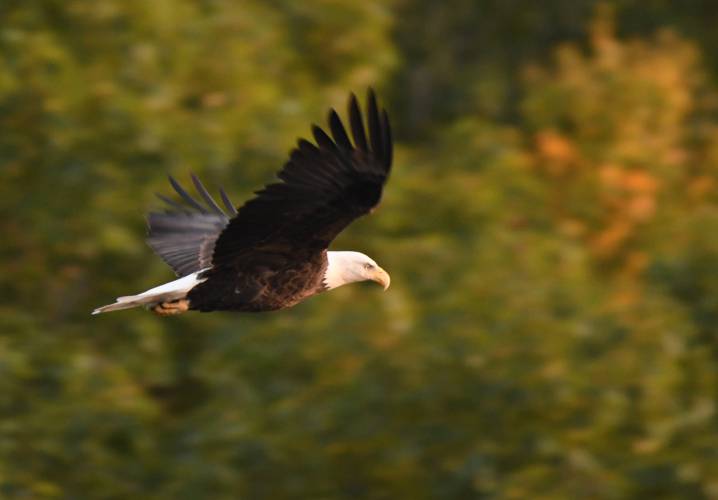
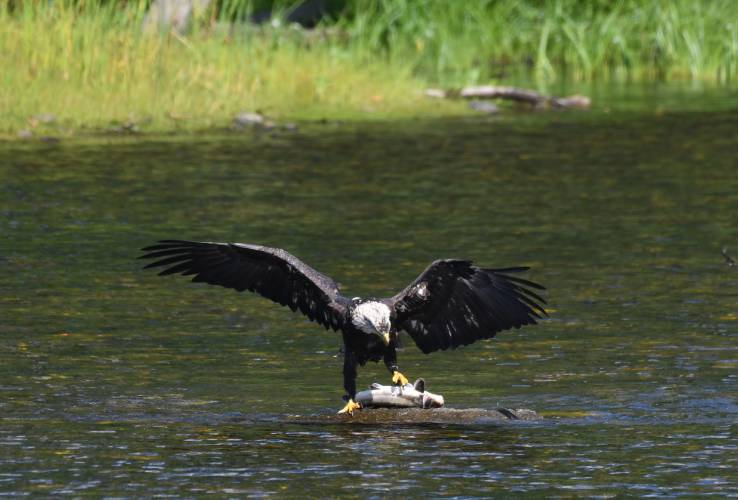
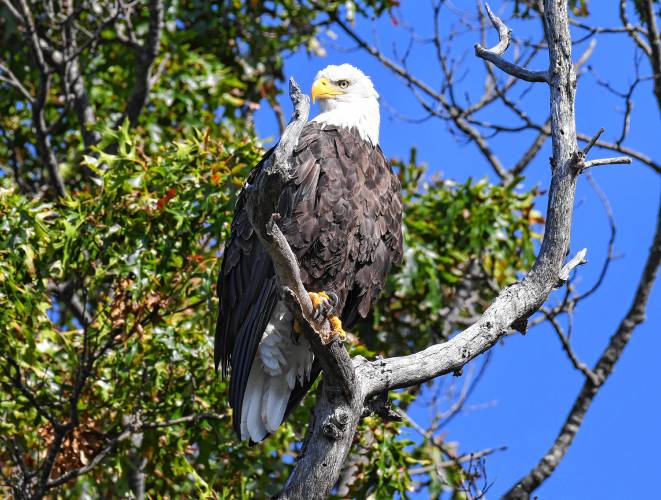
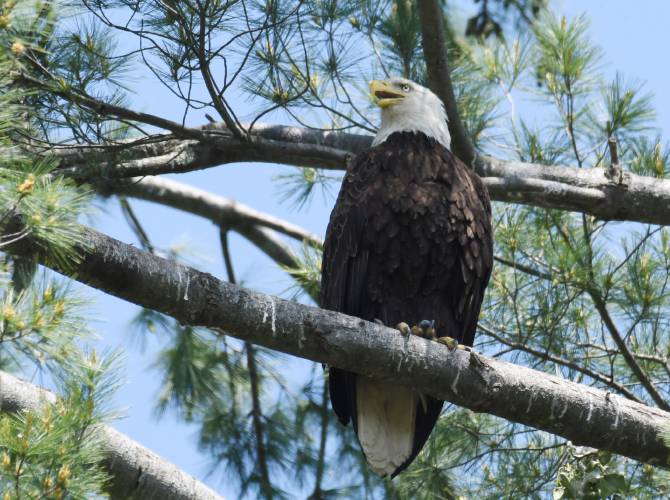
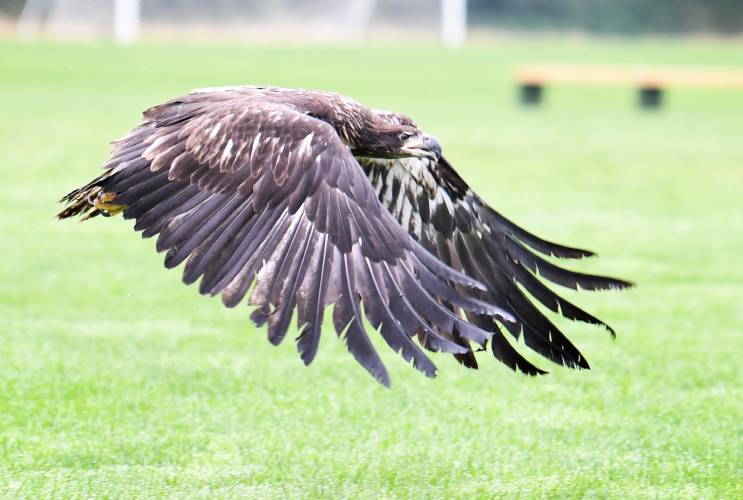
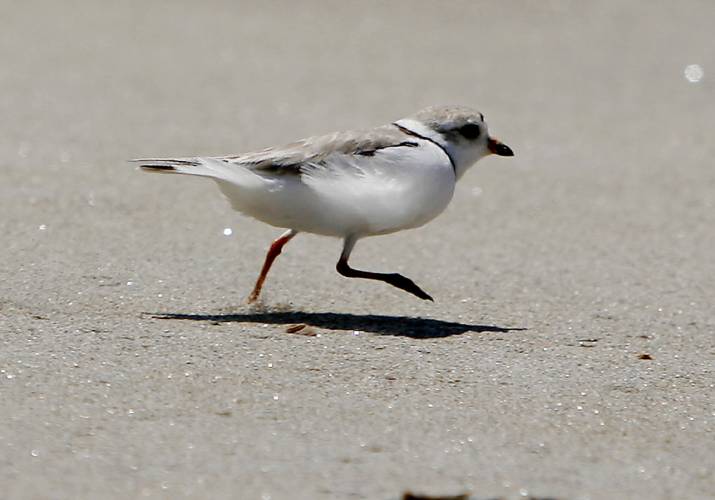
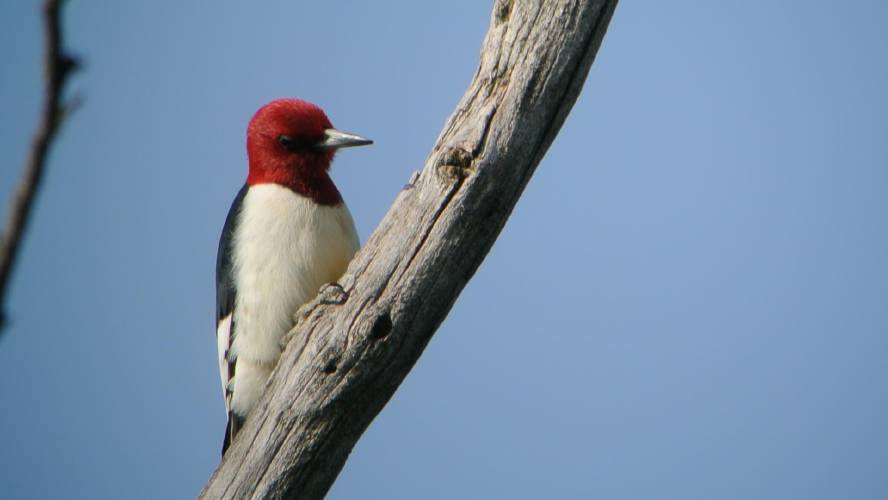

 Area briefs: Hadley candidates forum slated for Monday
Area briefs: Hadley candidates forum slated for Monday Northampton school budget: Tensions high awaiting mayor’s move
Northampton school budget: Tensions high awaiting mayor’s move A rocky ride on Easthampton’s Union Street: Businesses struggling with overhaul look forward to end result
A rocky ride on Easthampton’s Union Street: Businesses struggling with overhaul look forward to end result  Valley lawmakers seek shorter license for FirstLight hydropower projects
Valley lawmakers seek shorter license for FirstLight hydropower projects
